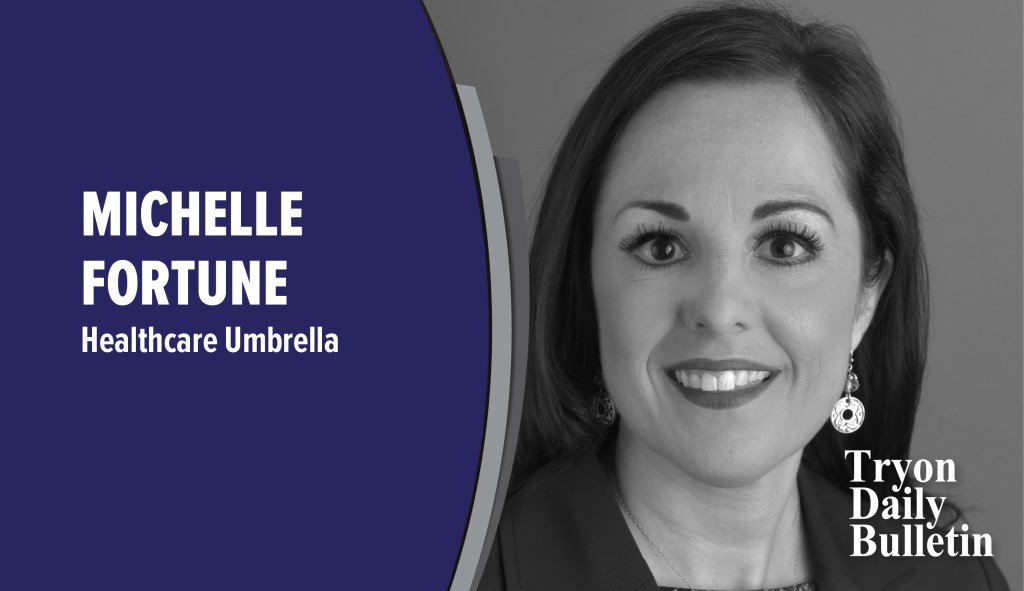Are you at risk for a drug interaction?
Published 11:55 am Tuesday, November 21, 2023
|
Getting your Trinity Audio player ready...
|
How many medications are you taking?
The statistics on drugs prescribed to the elderly in the U.S. are startling. More than a third of all prescriptions written are for elderly patients. The average senior adult takes more than five medications, and the average patient in a skilled nursing facility takes seven pharmaceuticals.
I’ll ask again: how many meds are you taking?
Trending
Each time you take a new medication or dietary supplement, there is a risk of experiencing a drug interaction. A drug interaction is a reaction between two or more drugs, foods, beverages, or supplements. Taking a drug, even over-the-counter drugs, while experiencing a medical condition can cause an interaction. A few years ago, my father and I spent time with his family practice provider reviewing his medications to determine if any drugs should be stopped—and there were.
Patients taking multiple prescription drugs together have the potential to face cumulative side effects. Because of this, you need to learn and stay informed about the necessary medications for your sustained health. You need to keep your primary care provider informed if you’re taking multiple prescriptions from more than one doctor. Doing so will help avoid potential drug interactions and side effects.
Drug interactions can also render your meds less effective or increase the reaction of another drug. Reading the label every time you take a nonprescription or prescription drug to understand potential drug interactions is critical to your health.
Drug interactions fall into three categories.
Drug-drug interactions occur when two or more drugs react with each other. For example, mixing allergy drugs with a sedative slows your reactions and makes driving a car dangerous. Drug-food/alcohol interactions may cause you to feel tired or slow your reactions, and drug-condition interactions can occur when drugs interact with existing medical conditions. An example is an unwanted reaction that can happen if you take a nasal decongestant while suffering from high blood pressure.
Over-the-counter (OTC) drug labels contain information about ingredients, uses, warnings, usage directions, and possible drug interactions. Further, drug labels may change as new information becomes known. Reading the label every time you use a drug is essential.
Trending
When prescribed a new drug, discuss all supplements, OTC, prescription drugs, vitamins, minerals, herbs and the foods you consume with your provider. Tell your doctor about all your conditions, like diabetes or high blood pressure. Ask your pharmacist for the package insert that provides more information about potential drug interactions.
Always ask your doctor or pharmacist the following questions:
- Can I take this new drug with other drugs I am currently taking?
- What are possible drug interaction symptoms I should know about?
- Should I avoid certain foods or other products?
- Is there more information available about the drug or my condition?
Always know why you take a medication, how to take the drug and how to reduce the risk of drug interactions
Go to the emergency room if you show signs of a severe reaction, such as a rash, trouble breathing or lethargy, or you take a dangerously high dose of a drug
So, as we approach the end of the calendar year, it is an excellent time to discuss your medications with your physician or provider at your annual wellness check.






